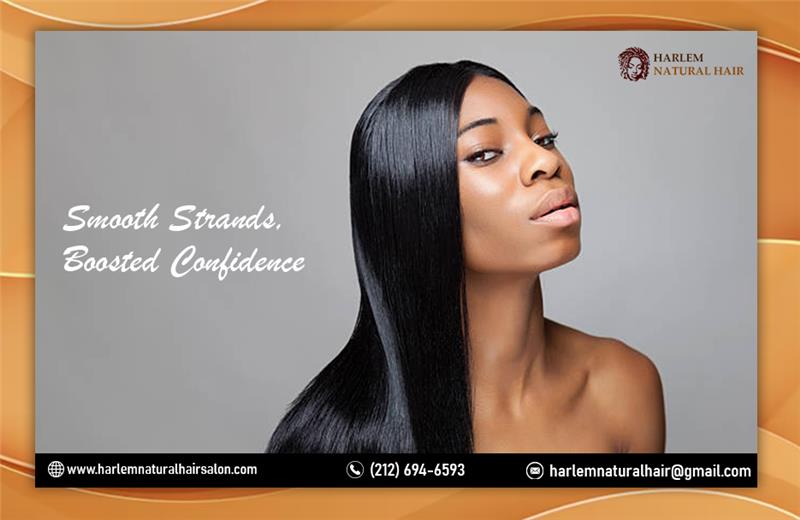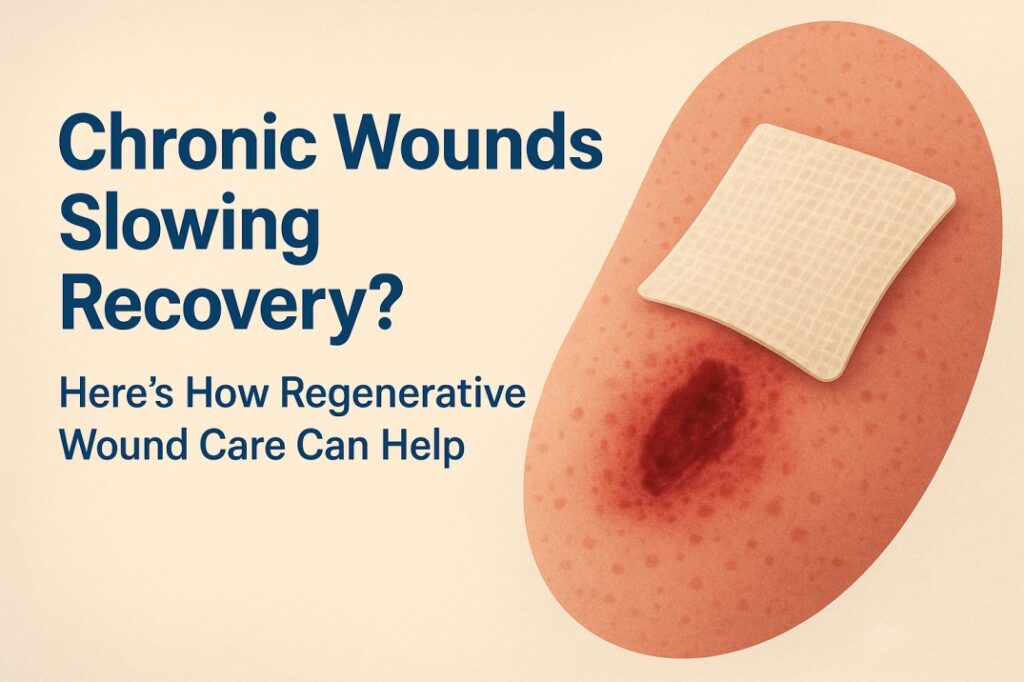What is African Hair Braiding?
African hair braiding is way more than just a hairstyle—it’s a legacy. It’s a technique of styling natural hair into intricate and beautiful patterns using various braiding methods. These braids not only serve as a form of self-expression but also as a protective style that helps maintain the health of natural hair. The practice has been passed down through generations, carrying stories, heritage, and identity in each twist and turn.
The Origins and Cultural Roots
Braiding dates back thousands of years to 3500 BC, originating from various tribes across Africa. Different tribes used unique braiding styles to symbolize age, marital status, wealth, and social ranking. These hairstyles were a key part of ceremonies and social interactions—an art form that brought people together and preserved history through hands and hair.
Historical Significance
Hair Braiding in African Tribes
In ancient African tribes, hair braiding was deeply spiritual and symbolic. Braids often indicated the tribe one belonged to, their religion, or their social standing. For example, warriors and kings had specific styles to distinguish them. The process of braiding itself could take hours or even days, serving as a bonding time among women and community members.
Braid Patterns as Identity Markers
The patterns weren’t just for aesthetics—they were a form of non-verbal communication. Some styles indicated that a woman was ready for marriage, while others signified that someone was in mourning. Braids were like wearable resumes, telling the world who you were before you even said a word.
Popular African Hair Braiding Styles
Box Braids
Box braids are a fan favorite. These are individual plaits that are usually divided into square-shaped sections. They can be short, long, thick, or thin, offering tons of versatility. Box braids are perfect for low-maintenance and long-lasting wear.
Cornrows
These tight braids sit flat on the scalp and can be styled into straight lines, zig-zags, or complex curves. Cornrows have been a staple in African culture and are still widely worn due to their sleek, neat appearance.
Senegalese Twists
These twists use synthetic hair to give a rope-like texture. They’re lightweight, elegant, and give off a polished look while still being protective of natural hair.
Fulani Braids
This style features cornrows braided down the center of the head with smaller braids along the sides, often decorated with beads, rings, and cowries. It’s iconic and deeply rooted in Fulani tribe traditions.
Goddess Braids
Think of these as cornrows but thicker and more dramatic. They are styled close to the scalp and often end in large, eye-catching buns or ponytails.
Marley Twists
Named after Bob Marley, these twists use Marley hair, which mimics natural kinky textures. They’re chunky, bold, and super stylish.
Ghana Braids
Also known as “banana cornrows,” these start small and get thicker as they go back. Ghana braids are sleek and great for intricate designs.









